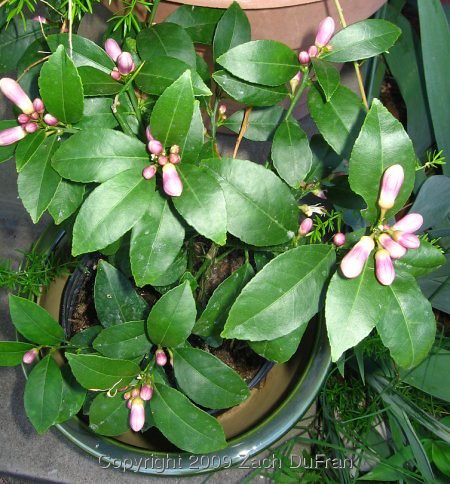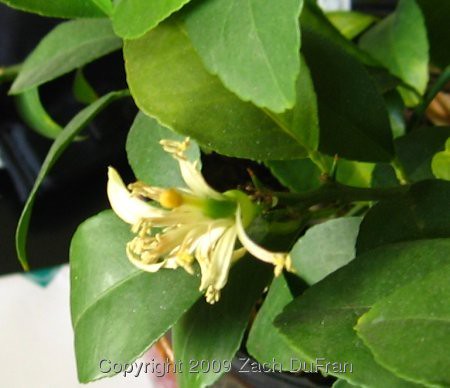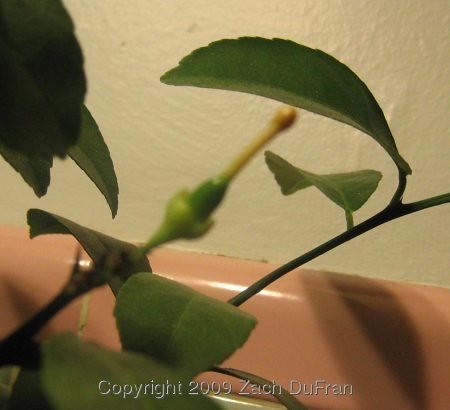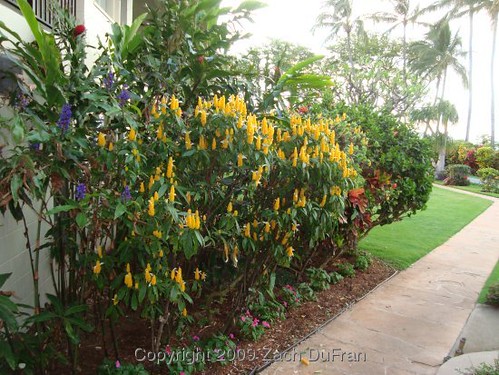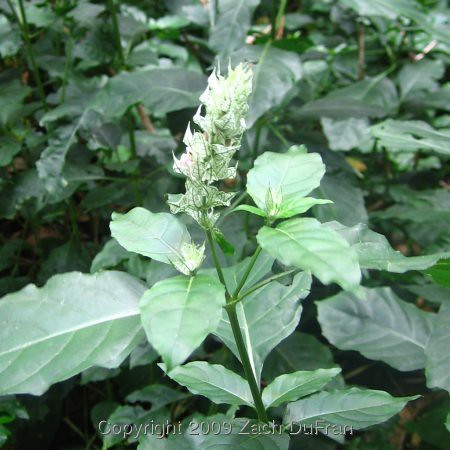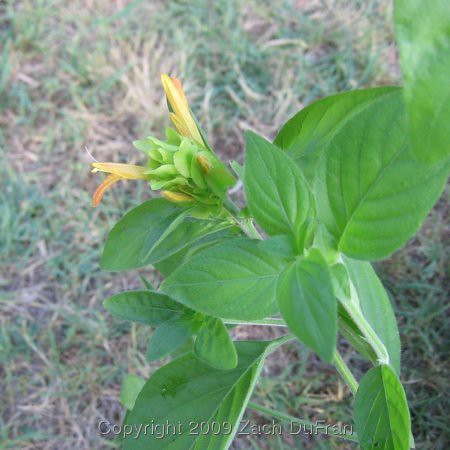You may or may not know that I am a meteorologist and software developer by trade. Recently I decided to merge my occupational and recreational activities. I have setup a new page here on the blog that shows the temperature and humidity (in the form of dewpoint temperature) of the environment in which my plants are growing.
The plot is called a meteogram, which means that it has meteorological data for a particular location, plotted on a time axis. So you can see how certain variables (temperature and dewpoint, in this case) have varied over the last 24 hours (or however long the time axis spans). Here is an example of a more detailed meteogram, produced by the Oklahoma Climatological Survey.
My meteogram is on the blog for a couple of different reasons:
The look of the meteogram is likely to change over the next couple of months. I might add more sensors to my little weather station so that you can see how the temperature varies between the different locations where I have my plants - indoors, outdoors sun, outdoors shade. Hey, maybe I'll even get some fancy stuff, like an anemometer (wind gauge), and plot that data as well.
The plot will always be available on the "Plant Weather" page, and is currently being updated once each hour.
What do you think?
The plot is called a meteogram, which means that it has meteorological data for a particular location, plotted on a time axis. So you can see how certain variables (temperature and dewpoint, in this case) have varied over the last 24 hours (or however long the time axis spans). Here is an example of a more detailed meteogram, produced by the Oklahoma Climatological Survey.
My meteogram is on the blog for a couple of different reasons:
- First and foremost, I think it's cool.
- Other people can see what the temperature is like where my plants are growing. You might think that you could just look that up on the internet, but you can't. My plants move in and out of doors, based on what time of year it is. Also, I'm hoping to build a greenhouse one day, and the plants (and sensors) will be moving in there when it gets cooler outside.
- This will help me monitor the environment of my plants - even when I'm not at home. [Not that there's much I could do about it if I noticed that the temperature had plummeted and I was out of town. But, hey, maybe I would call a family member and talk them into helping me out.]
The look of the meteogram is likely to change over the next couple of months. I might add more sensors to my little weather station so that you can see how the temperature varies between the different locations where I have my plants - indoors, outdoors sun, outdoors shade. Hey, maybe I'll even get some fancy stuff, like an anemometer (wind gauge), and plot that data as well.
The plot will always be available on the "Plant Weather" page, and is currently being updated once each hour.
What do you think?

